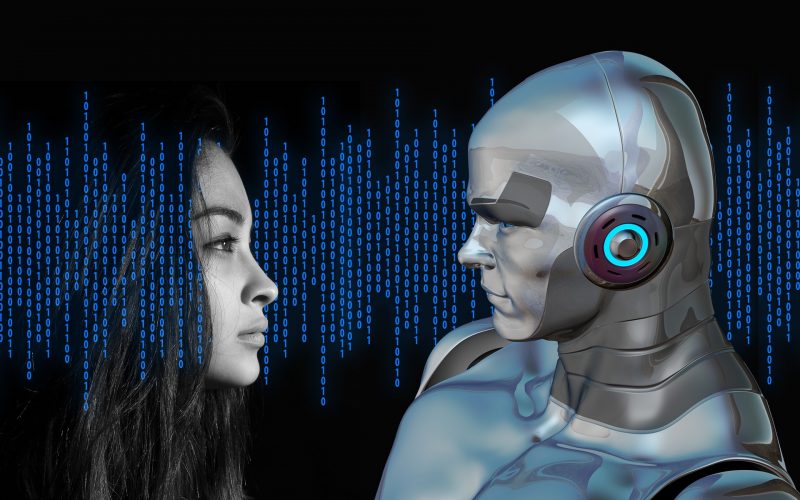Reflections on Nesta’s event: Collective Intelligence – Maximising Human/Machine Working


By Steve Wells
The opportunity to use “21st Century Common Sense” – in this case, Collective Intelligence (CI) – to tackle complex social challenges was considered at Nesta’s event on 16th October. The basic proposition here is that we deploy a fraction of our collective intelligence when addressing society’s biggest challenges, so the event sought to explore how to address such challenges, “through better design, asking how we can tap into the collective wisdom of a place, organisation or market and what new combinations of human and machine intelligence can help us do this at scale.”
What is Collective Intelligence?
Nesta defines collective intelligence as, “something that is created when people work together, often with the help of technology, to mobilise a wider range of information, ideas, and insights to address a challenge,” particularly where the challenge is of a societal nature.
Collective intelligence is the result of a process, data, technology (artificial intelligence, machine learning), and people working toward the resolution of a specific problem
What can Collective Intelligence Achieve for us?
Clearly the basic premise is on bringing together the complimentary capabilities of humans and machines to achieve a better outcome than possible by either going it alone. Despite the rapid progress made in the fields of artificial intelligence (AI) and machine learning (ML), data still needs to be sourced, and sense made of the analysis to support human focused decision making. These are the areas in which humans excel – for now at least.
While the focus with the projects discussed at the event as exemplars of CI in action included public sector engagement both operationally (real time information provision) and consultatively (local government priority setting), CI has applicability in helping to resolve wicked problems more widely and in areas such as participative foresight / futures work.
The notion of “swarm AI” can empower groups with conflicting political views reach satisfactory outcomes where the machine can help participants to reframe challenges and help them find the points of common concern. This raises the future possibility of automating decisions made through democratic processes. (Well, it couldn’t be worse, could it?)
But we must be clear about the purpose here, which is to design the process and the technology to extend human capabilities. Artificial intelligence and machine learning can help to provide insight from unstructured data, conduct analysis, and make predictions but it should enable humans to better understand problems, decentralise (leaderless?) participation, and seek real solutions through networked intelligent action.
How do we Start and Enable Successful Collective Intelligence?
For all the talk about AI and ML, what particularly struck me were the required human behaviours. We talk about collaboration and partnership between “man and machine” for effective CI, but – for the time being at least – collaboration and partnership are human traits. Effective real time collaboration / partnership is the result of a process, behaviours, and outcome. So the underpinning human behaviours will remain valid; listening, enquiring, engaging, thinking, sense-making, empathy, suspending assumptions, honesty, mutuality, respect, and valuing differences as well as similarities.
Our process can then focus on ways to support collaborative thinking about how we work with machines, and how we want AI/ML to enable better discussion outcomes. I noted this range of process characteristics:
- Asking the right questions to build understanding and inform AI
- Develop the AI to support human/machine interaction
- Deploy double-loop learning for both machines and humans
- Crowdsource ideas
- Understand how we mobilise data, insight, intelligence, and ideas to help solve problems
- Be clear on issues concerning data ownership, its use, privacy, and the cultural context with which it is gathered and used.
The critical enabling areas are in software development where for many organisations operating in the social space revolves around open source, skills, and cooperation.
Machine learning plays a significant role in teaching the system to interpret the data in the correct way given the problem being addressed. Collaborative working is a dual challenge with both how the software is designed to work with humans and how the humans support their work with each other. Both will need the appropriate skills development through education and training. Skills such as sense-making, systems thinking, contextual sensitivity, collaborative working, working with ambiguity, foresight, and scenario thinking are crucial.
Case Examples
A number of CI case examples were presented at the event that demonstrated a breadth of deployment, approaches, and societal situation. Evidence suggests that CI leads to better engagement, greater satisfaction, and better outcomes in part by machine aggregation and organisation of data gathered by people.
The characteristics and areas of CI deployment included:
- Enabling more consultative democracy
- Analysing socially collected data
- CI at the institution level
- Influencing local service priorities through a consultative exercise to inform politicians
- Creative solutions outside of government – distributed “authority” / crowdsourced “authority”
- Creation of digital platforms for collaborative engagement between people and politicians to improve trust and transparency and encourage engagement
- Support the re-distribution of power through possible citizens assemblies
- Filling crucial data gaps via social media
- Helping to understand how achievement of the UN Sustainable Development goals might be measured to help hold countries to account.
Collective Intelligence Design Playbook (beta)
For more information about Nesta’s work in the field and to help you design and deliver a collective intelligence project you can download the Collective Intelligence Design Playbook here.
Questions
Here are three questions that the event posed for me:
- How do you currently maximise the collective intelligence capability of your organisation/enterprise?
- Which components – process, data, technology (artificial intelligence, machine learning), and people – need further development in your organisation to run a CI project?
- What challenges and opportunities do you face that are best suited to a CI approach?
Image: https://pixabay.com/illustrations/binary-code-privacy-policy-woman-2175285/


